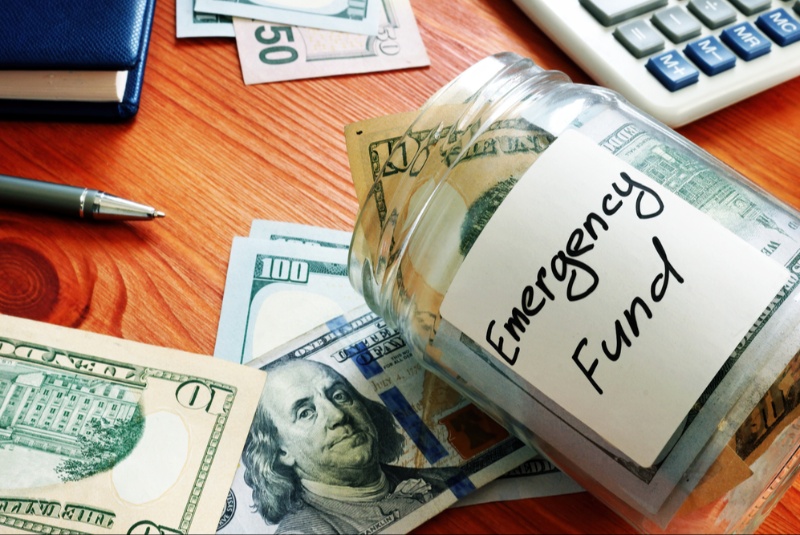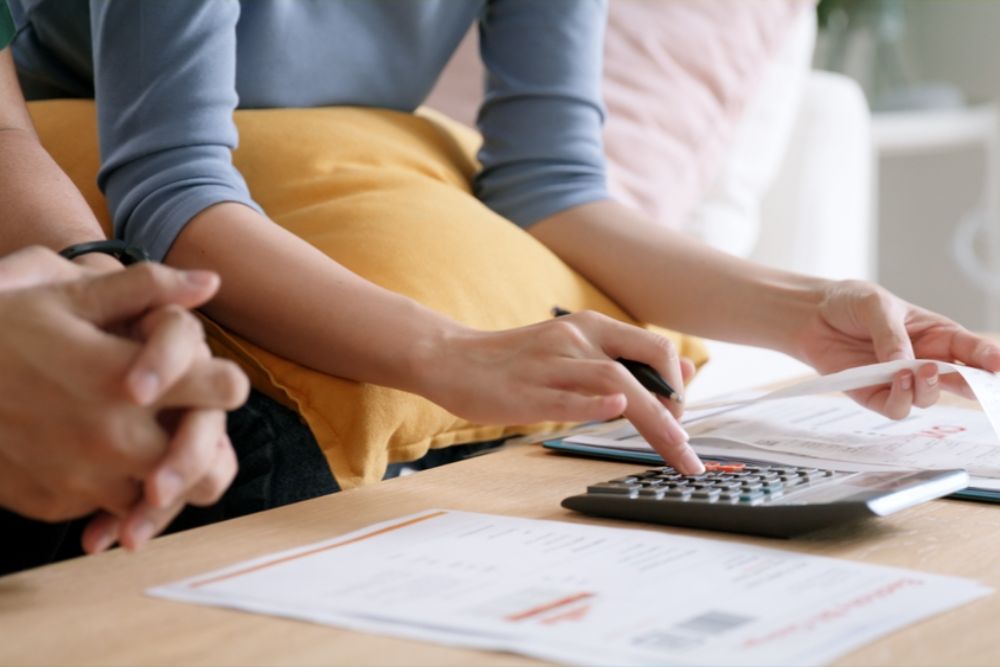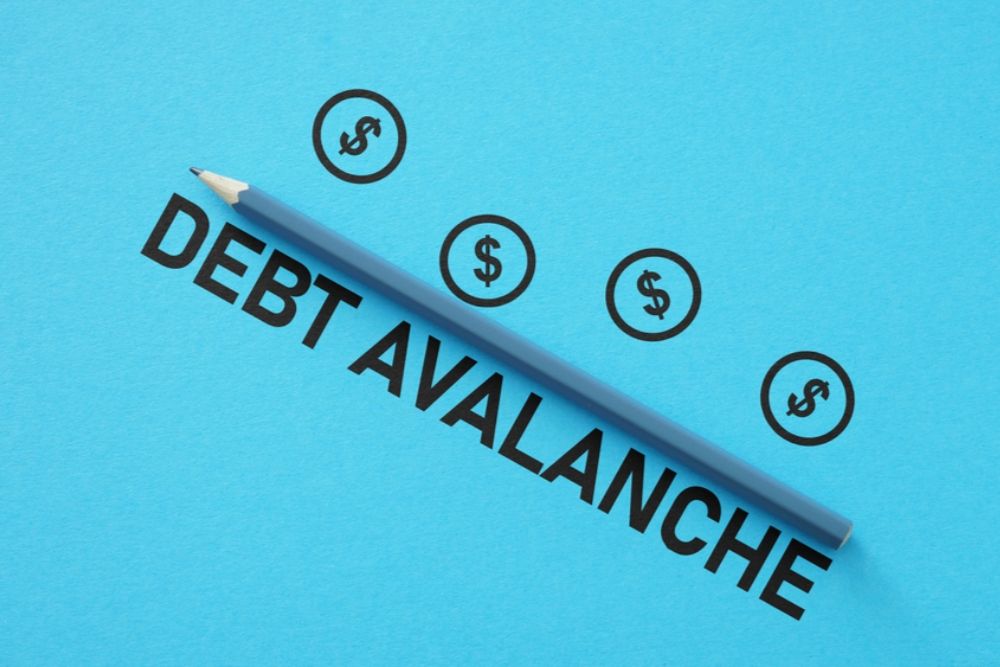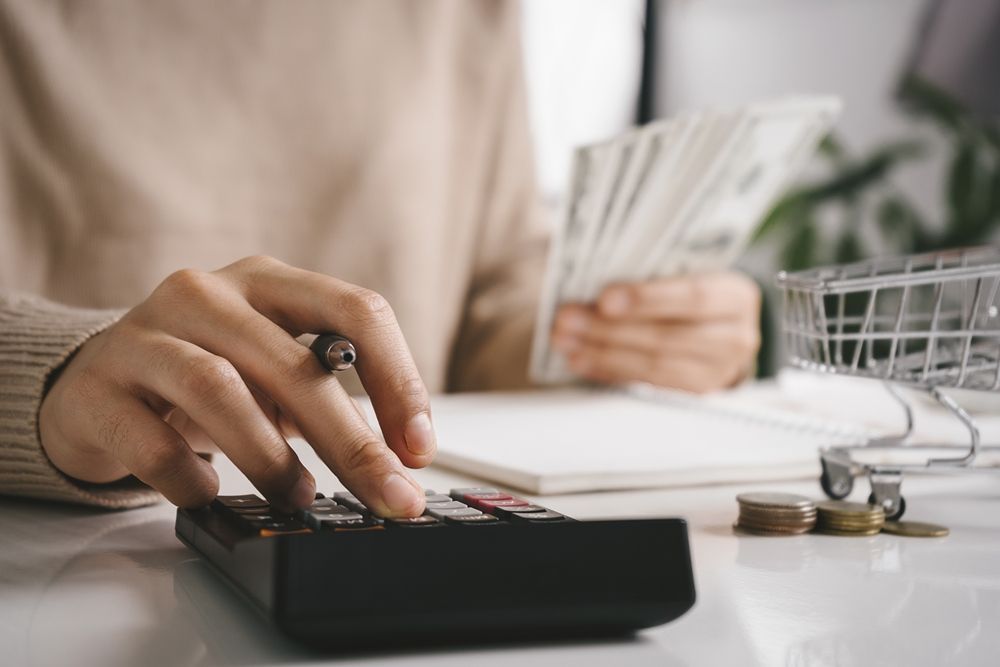In a world of ever-fluctuating economies and unforeseen personal emergencies, harboring a sense of financial security can sometimes seem like an elusive goal. Building an emergency fund, a financial buffer to cushion you against abrupt financial shocks, can impart that much-needed tranquility and economic stability in your life. With the unprecedented happenings of the last few years, having a fallback financial reserve is more crucial than ever. Let us delve into understanding and guiding you on building a robust emergency fund.
Understanding the Importance of an Emergency Fund
In a precarious situation where you suddenly lose your job or face a medical emergency, having a stash of financial resources can be a lifesaver. An emergency fund is essentially a financial safety net that protects you against debt and financial insecurity that unforeseen circumstances can bring.
Setting the Right Emergency Fund Goal
Experts often recommend having an emergency fund that can sustain your living expenses for a period of three to six months. However, the right amount can vary based on individual circumstances and preferences. Some might be comfortable with a fund for three months, while others might aim for a more substantial safety net. Gauge your expense patterns, liabilities, and risk factors to set a personal emergency fund goal that suits you.
Identifying the Right Tools
When building an emergency fund, it's pivotal to store the funds in easily accessible, low-risk financial instruments. Savings accounts, fixed deposits, and liquid mutual funds are popular choices. Prioritize instruments that offer a good balance of liquidity and returns.
Budgeting
Creating a budget is a cornerstone in building an emergency fund. A budget not only helps in tracking expenses but also in identifying potential savings that can be directed towards the fund. Leveraging budgeting apps or maintaining a manual log can facilitate a smoother budgeting process.
Saving Gradually
A considerable emergency fund cannot be built overnight. Start with a small, manageable goal, and gradually escalate. Even a small contribution to the fund regularly can accumulate to a significant amount over time.
Automating Savings
To ease the saving process, consider setting up automated transfers from your checking account to your emergency savings account each month. Automating the savings process ensures a disciplined approach to growing your emergency fund.
Utilizing Windfalls Wisely
Whether it is a tax refund, a bonus, or a gift, channeling unexpected financial gains into your emergency fund can give it a substantial boost. It's tempting to splurge, but directing a part of these windfalls towards the emergency fund can enhance financial security in the long run.
Reducing Debt
High-interest debts can be a hindrance to saving. Working towards reducing debts can free up funds that can be diverted towards building your emergency fund.
Periodic Review and Adjustments
Personal financial circumstances change over time. It’s essential to review the adequacy of your emergency fund periodically and make necessary adjustments to reflect current needs and lifestyle.

Building an Emergency Fund: Step by Step
Now that we have a broad understanding let's embark on a step-by-step journey to build a robust emergency fund.
Step 1: Assess Your Monthly Expenditure
Begin with an assessment of your monthly expenditures. Include all essential expenditures such as rent/mortgage, utilities, groceries, and transportation.
Step 2: Set a Concrete Goal
Using your monthly expenditure data, set a concrete goal for your emergency fund. A good practice is to aim for a fund that can cover three to six months of living expenses.
Step 3: Choose the Right Savings Vehicle
Opt for a savings vehicle that offers easy accessibility, low risk, and decent returns. Savings accounts with a reputable bank can be a good start.
Step 4: Start Small
Commence your saving journey with a small, achievable target. Once you reach this target, progressively aim higher.
Step 5: Regular Contributions
Establish a habit of regular contributions to the emergency fund. Consistency is key to building a significant fund over time.
Step 6: Avoiding Temptations
While it might be tempting to dip into the emergency fund for non-urgent needs, refrain from doing so to maintain the integrity of the fund.
Step 7: Review and Revise
Undertake periodic reviews of your emergency fund strategy. Adapt and revise the strategy as per changing circumstances and financial goals.
Cultivating a Mindset for Emergency Preparedness
Beyond the mechanical aspects of setting and contributing to an emergency fund, cultivating a mindset oriented towards financial security and emergency preparedness is crucial. Embrace financial literacy, understanding the nuances of managing money efficiently, and nurturing a proactive approach to financial planning.
In conclusion, building an emergency fund is akin to erecting a fortress of financial stability, a sanctuary that shields you from economic disruptions and unforeseen exigencies. Remember that the journey to build an emergency fund is a gradual process, echoing the profound words of Lao Tzu, "A journey of a thousand miles begins with a single step."
Initiating this journey with foresight, disciplined saving, and a prudent financial strategy can pave the way to a future replete with financial peace and security. Let the endeavor of building your emergency fund be a venture of financial prudence and a testimony to your resilience, a fund that stands tall in times of crisis, echoing stability, safety, and readiness for the unpredictabilities of life.




